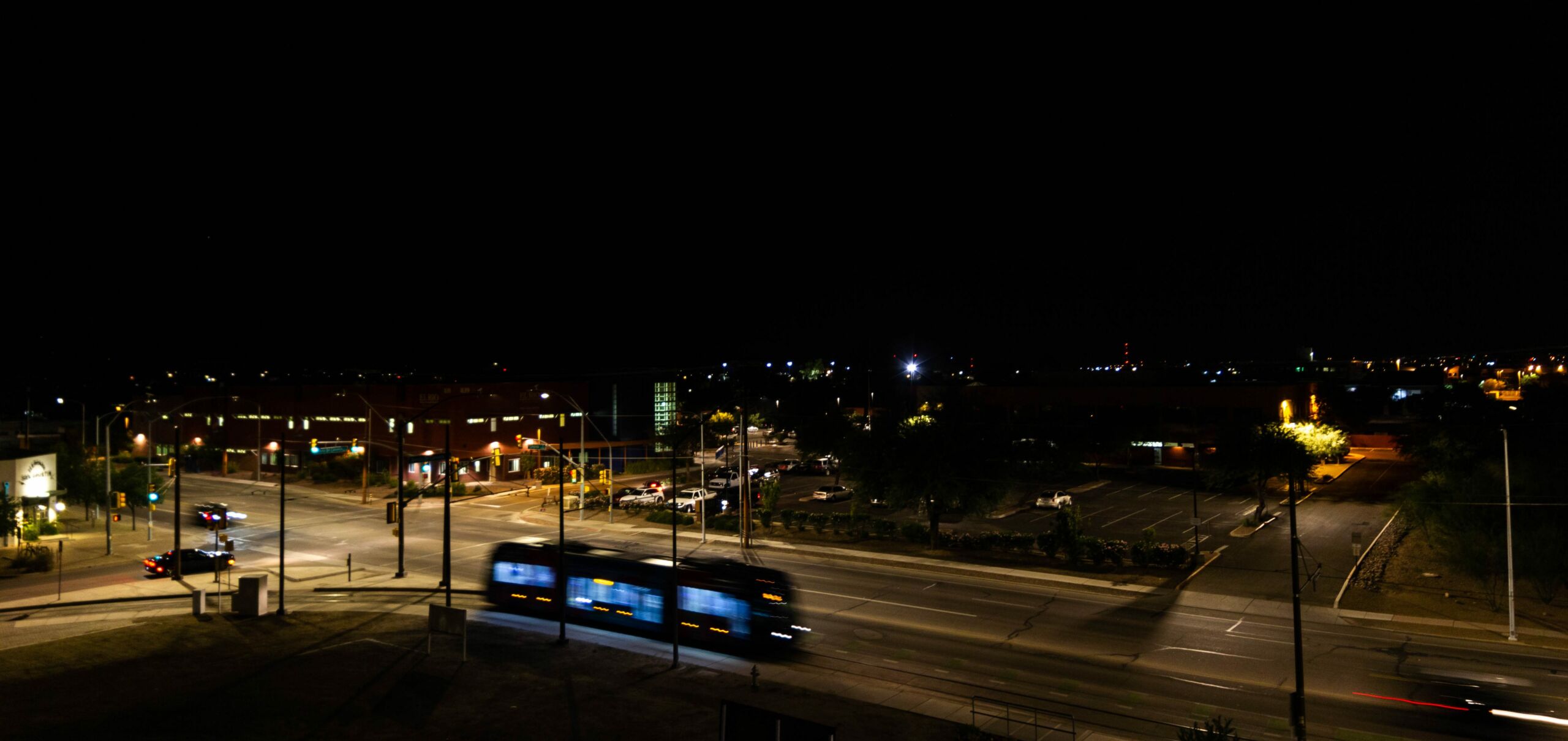
Values-centered outdoor lighting

DarkSky’s board of directors has adopted a policy to inform and guide our ongoing work to protect the night from light pollution and implement the Five Principles for Responsible Outdoor Lighting.
The resolution
The board’s resolution (PDF) has three main effects. First, it establishes the DarkSky interpretation of the Lighting Principles, which is that the interplay of all five principles must be considered in the design, installation, and use of outdoor lighting and that treating the principles in isolation from one another is insufficient to address the growing global problem of light pollution.
Second, it adds to previous DarkSky guidance on outdoor lighting with a number of specifics that are implied by the Lighting Principles.
And third, it codifies two conservation goals for DarkSky: to lower the global rate of outdoor artificial light at night consumption to no more than the rate of population growth in a given region while not conveying any economic disadvantage to people in developing regions and countries, and to prioritize restoring intrinsic nighttime darkness in circumstances where it is possible to do so.
Board Policy on the Application of the Lighting Principles
Adopted January 28, 2021. Amended June 24, 2021.
- Whereas, light pollution is defined by DarkSky as any adverse impact or effect attributable to the use of artificial light at night, including but not limited to skyglow, glare, spill light, and impaired nighttime visibility; and
- Whereas, light pollution is known or suspected to negatively influence natural ecosystems, human health, public safety, astronomical observations, energy security, and global climate; and
- Whereas, scientists have identified the emission of short-wavelength (“blue”) visible light into the nighttime environment as a significant astronomical and biological concern; and
- Whereas, the Board adopted the DarkSky-IES Five Principles for Responsible Outdoor Lighting (hereafter the ‘Principles’) on February 27, 2020; and
- Whereas, DarkSky asserts that outdoor lighting should be designed to minimize the impact on the environment; and
- Whereas, DarkSky challenges lighting manufacturers, engineers, and designers to develop and advance more lighting options and positive examples in support of the Principles; and
- Whereas, DarkSky sets a short-term conservation goal of no net increase in light pollution per capita and a long-term conservation goal of the restoration of intrinsic darkness; and
- Whereas, DarkSky will provide guidance that can be broadly applied, empowering diverse jurisdictions, communities, and interests to select responsible outdoor lighting.
- NOW, THEREFORE BE IT RESOLVED, to direct DarkSky’s advocacy and technical guidance on the implementation of the Principles, the DarkSky Board agrees as follows:
- Responsible outdoor lighting must consider all five principles in its design and installation, and only through attention to all five principles will light pollution be minimized to its practical extent.
- Where existing fixtures are replaced, the project should demonstrate how they will reduce light pollution, or at a minimum, not increase it.
- Where new installation or lighting retrofit projects are proposed, they should be guided by an assessment process to determine whether such lighting is necessary and responsible.
- To reduce sky glow, glare, spill light, and over-lighting, indoor and outdoor lighting should contain and minimize the emission of light so that it doesn’t extend beyond the intended target. Light emitted toward or above the horizon can have extraordinarily high environmental impacts.
- To prevent overlighting, actual illumination levels should be as close as reasonably practical to the minimum values recommended by accredited professional bodies (such as IES and CIE) and appropriate for the task and environmental setting. DarkSky will collaborate with professional bodies to ensure that recommended illumination values are well-founded in science.
- New installations should have active controls to reduce illumination levels or extinguish lighting completely based on time of day or occupancy. Such controls are currently underutilized in outdoor lighting and can substantially reduce light pollution and save energy. Energy conservation codes are increasingly calling for active controls.
- The spectral content, or color, of light should be limited to only what is necessary for the task. Because of the disproportionate impact on the nighttime environment, particular attention should be paid to reducing the total emissions of short-wavelength or “blue” light (defined for the purposes of this resolution between the wavelengths of 380 nm and 520 nm) through light source spectrum management.1
- To minimize negative environmental impacts, DarkSky recommends using a CCT of 2200 K,2 phosphor-converted amber LED, or some filtered LEDs whenever possible.
- When a CCT higher than 2200 K is necessary to meet lighting objectives, keep the total emission of blue light into the environment as low as reasonably possible through low intensities, careful targeting, and reduced operating times.3
- Near sensitive sites, such as conservation areas, sensitive wildlife habitats, ecological reserves, parks, astronomical observatories, or stargazing sites, DarkSky recommends that lighting installations use 0% blue light and a narrower spectrum of emission.
- Critically sensitive environments should be kept naturally dark.
- DarkSky recognizes that there is no single solution that will work for all situations; therefore DarkSky will develop a range of scenarios and guidance for common lighting situations. Solutions that result in no net increase in light pollution should be considered a minimum requirement, whereas best management practices would result in the maximum practical restoration of intrinsic darkness.
- Because context matters, DarkSky recognizes that advocates and lighting professionals need the flexibility to identify how the Five Principles are best applied within their local area to meet valid needs while observing all regulatory frameworks (guidelines, procedures, standards and codes, and laws). Where required or feasible, such decisions should be guided by an appropriate environmental assessment and supported by monitoring of light levels in the surrounding environment.
- DarkSky will periodically update guidelines in response to changing technology, changes in available market solutions, evolving social values, and scientific progress.
—
1 Outdoor light emission in the ultraviolet portion of the spectrum (below 380 nm) should also be avoided, as it often has deleterious consequences for wildlife while providing no benefit or human utility.
2 DarkSky recognizes that there is no widespread agreement on a more relevant metric than correlated color temperature (CCT) for spectrum evaluation and will continue to advocate that one be developed. In the interim, CCT may be used as a placeholder, although it should be verified that the selected source emits no more than 8% blue light emissions.
3 DarkSky has captured many examples of how lighting with higher blue content can be done in a responsible manner. DarkSky’s Community-Friendly Sports Lighting Certification is one such example.
Downloads
Values-Centered Outdoor Lighting is also available in these languages:



















